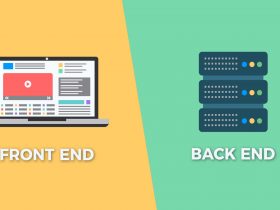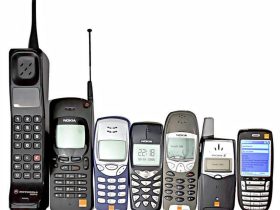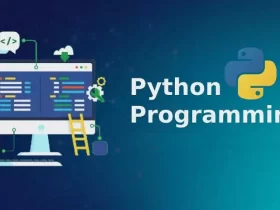The history of the Python programming language dates back to the 1980s. It was originally planned as the successor to ABC and to interface with the Amoeba operating system. Its implementation began in December 1989. Today, Python is a popular programming language, particularly for its flexibility and ease of use.
Guido van Rossum
Guido van Rossum is a well-known programmer who was involved with the development of Python in the early 1990s. A Dutch national by birth, he graduated with a master’s degree in mathematics from the University of Amsterdam in 1982. Van Rossum has been heavily involved with the Python community since its inception and has guided the language’s evolution and enhancement. Although he took a break from the community in recent years, his achievements in the field of programming have earned him numerous tech awards, including the Award for Advancement of Free Software from the Free Software Foundation in 2001, the NLUUG Award in 2003, and the title of “Distinguished Engineer” from the Association for Computing Machinery in 2006.
Among the key features of Python are its clean syntax and its ability to group blocks of code using indentation. This feature appealed to programmers even in the 90s and continues to inspire developers today. Van Rossum also emphasizes that programming is not just a set of instructions. It is also a collaborative effort and should be user-friendly and understandable by a wide variety of people.
Tim Powers
“The Zen of Python” by Tim Powers is a poem about the Python programming language. It lays out 19 guiding principles of Python programming. The command “import” will read the poem. “Guido” refers to Guido van Rossum. The 20th principle is undefined.
The original creator of Python, Guido van Rossum, wasn’t expecting much. It was difficult to get Python from USENET, and it required a complex setup – but it was still much easier than going door to door with magnetic tapes. But Python’s adoption grew for the same reasons it was originally created: it was easy to learn and develop, and it was fun to use.
Monty Python’s Flying Circus
The history of the Python programming language dates back to the early 1980s. The language was originally conceived as the successor to ABC and was intended to interface with the Amoeba operating system. Today, Python is widely used for web development, programming, and graphics. It is also widely used in embedded systems.
Python is named after a British comedy television show, Monty Python’s Flying Circus. The show aired from 1969 to 1974. In 1989, Guido van Rossum, a former student of the BBC, began implementing Python for use on personal computers. The language was designed to be easy to learn and support multiple platforms, and its name came from the Monty Python’s Flying Circus cartoon.
ABC programming language
The history of the Python programming language can be traced back to the 1980s, when it was first conceptualized. It was originally intended as a replacement for ABC and to interface with the Amoeba operating system. Since then, the language has grown and expanded dramatically. Today, it’s used extensively by computer scientists and developers alike.
The language’s name comes from its creator, Guido Van Rossum. Van Rossum was an employee at the CWI, where he worked on the ABC operating system. He wanted a scripting language that was easy to learn and use, and he was interested in giving the language a unique and mysterious name. In 1991, Van Rossum was able to complete his project and Python was born.
White space indentation
Indentation is a common programming convention that helps programmers format code. However, it can be confusing for beginners. The level of indentation in a Python program depends on the settings in the Python editor and interpreter. Different editors and servers may have different settings for tab and space indentation, so check which one your Python interpreter prefers.
Indentation is important in Python, and it helps make your code look neater. In Python, you need four spaces before each statement, as opposed to the five spaces used by many other languages. Without indentation, the Python compiler won’t know where to run a statement next.
Design philosophy
Python is a programming language that has a simple learning curve and a large library of precoded tools. Additionally, it is free, making it ideal for novices. As an open source language, Python is maintained by its community and users. This guarantees that you can never be held hostage by a software vendor who might discontinue support. Furthermore, Python’s open source status also provides the final form of documentation for the language.
Python’s design philosophy focuses on keeping the language simple and extensible. To this end, Python features namespaces, which are essentially a way to define Pythonic approaches to programming.









Thanks